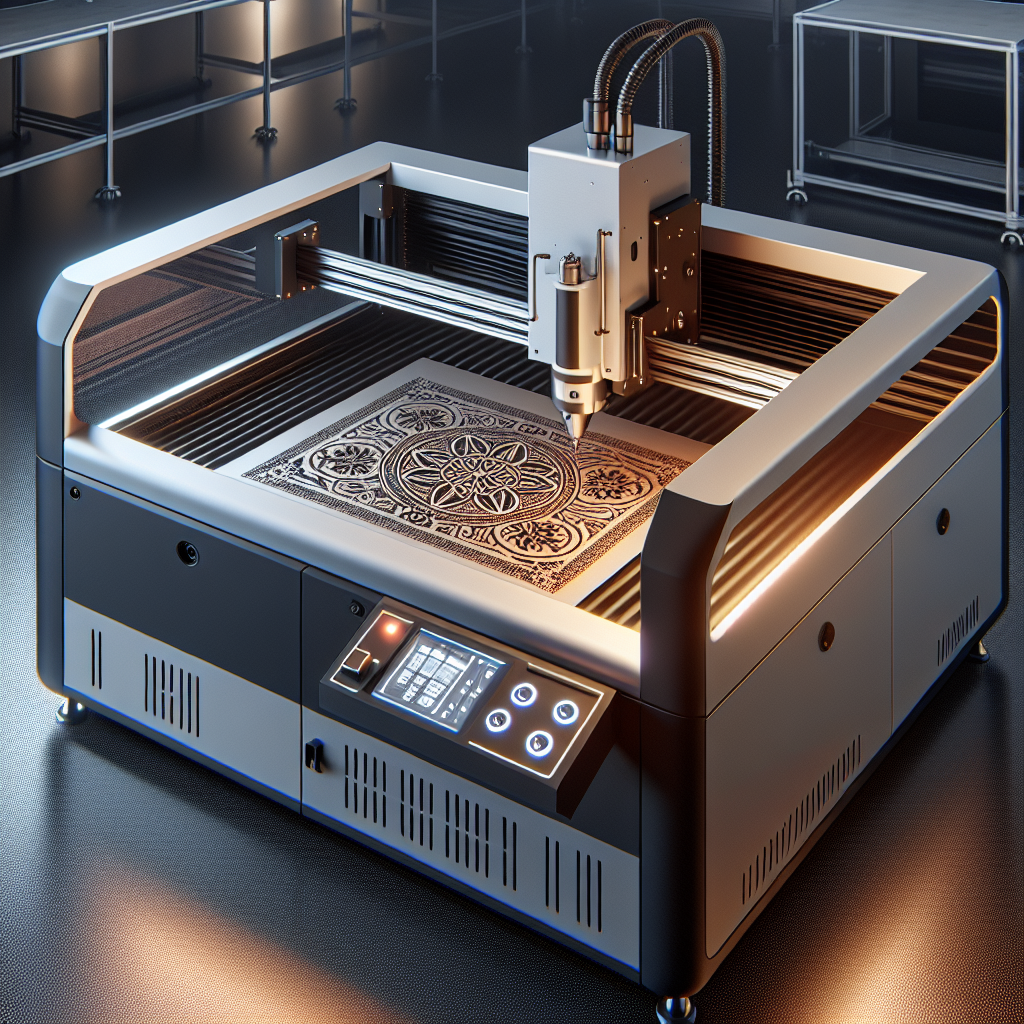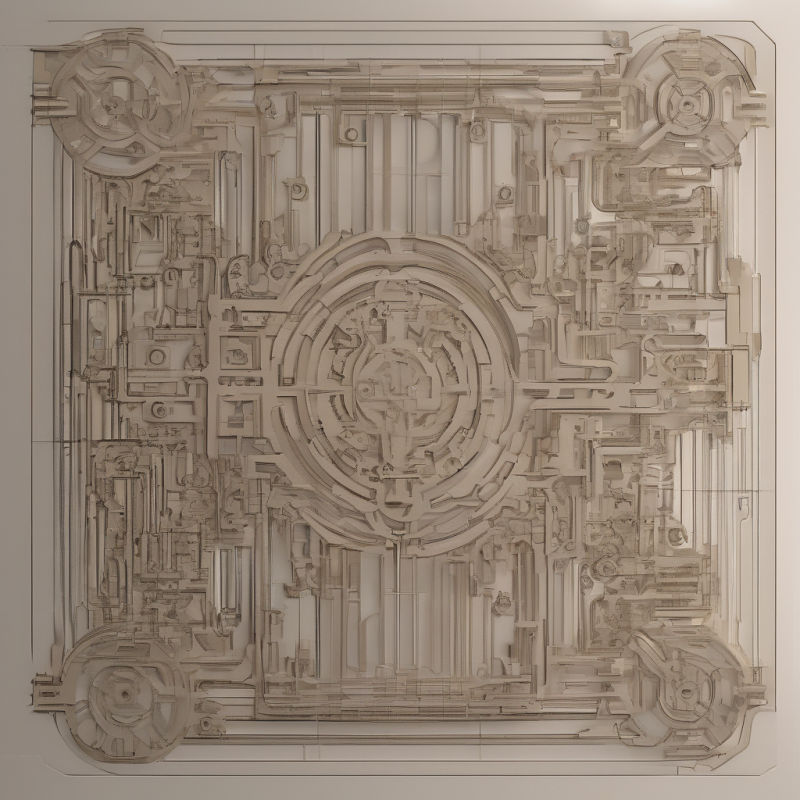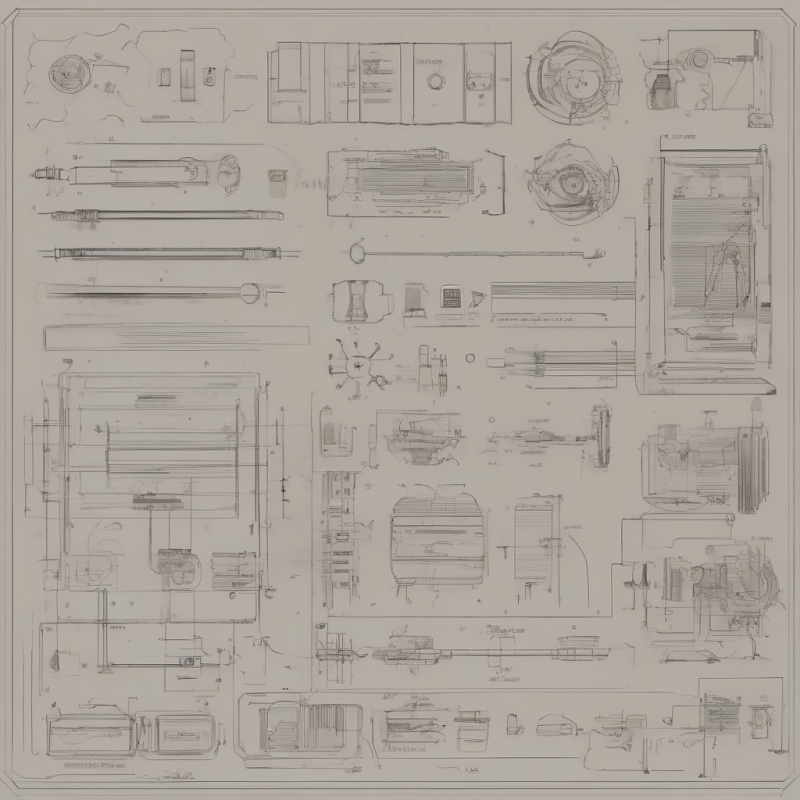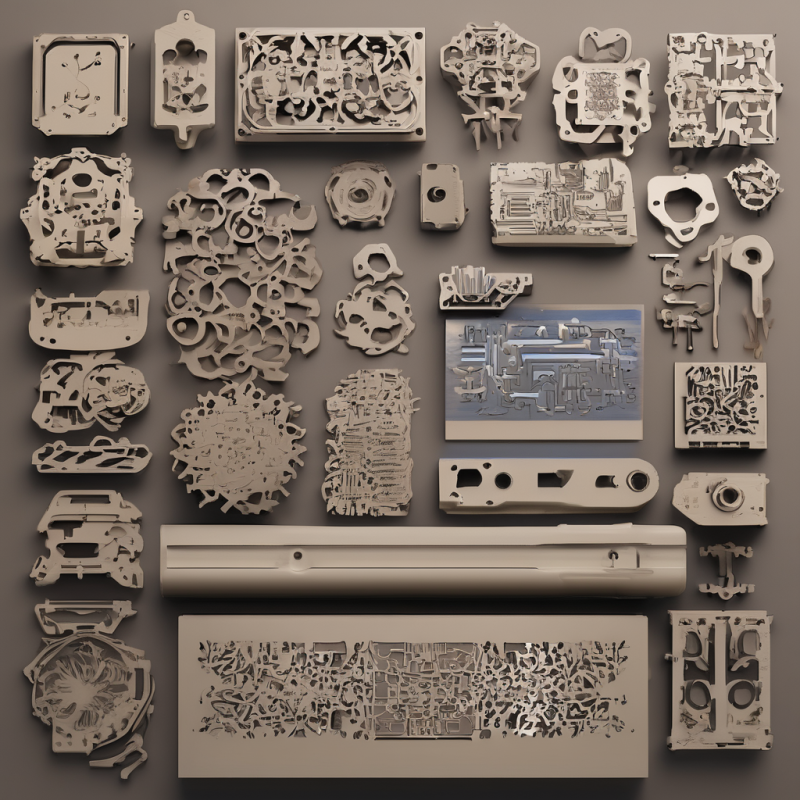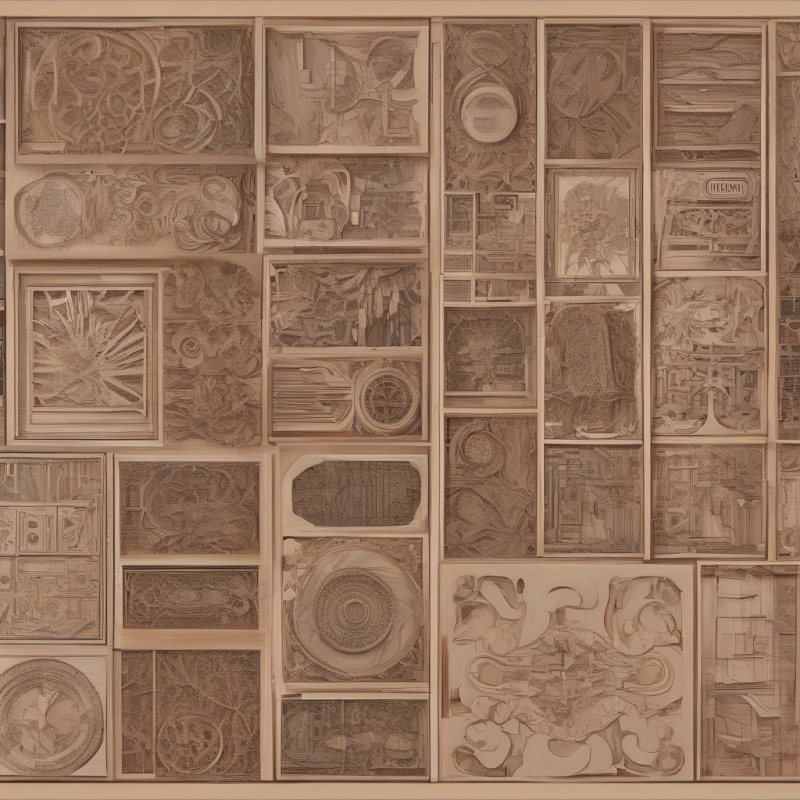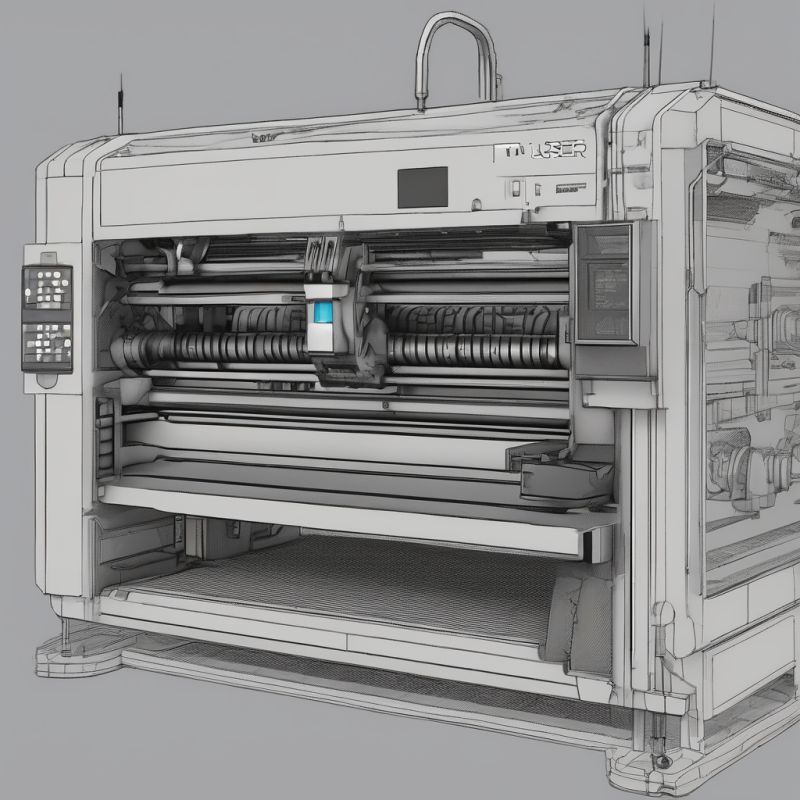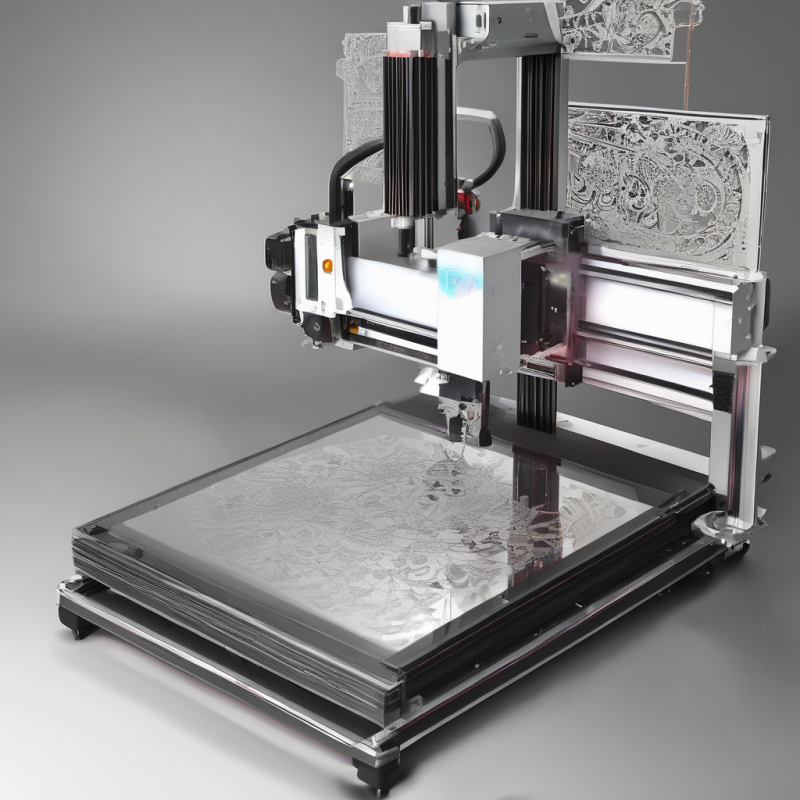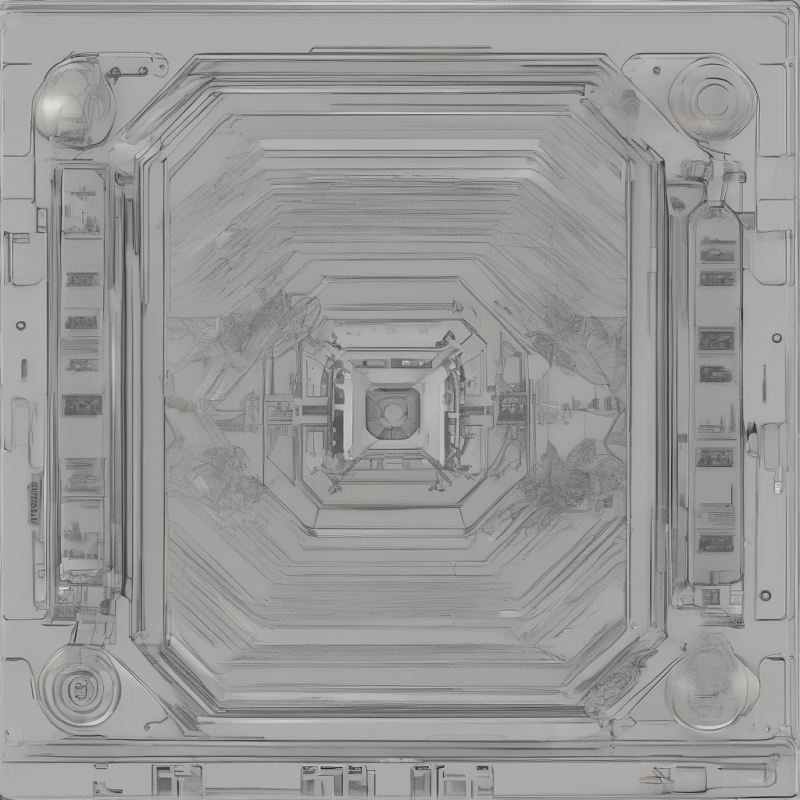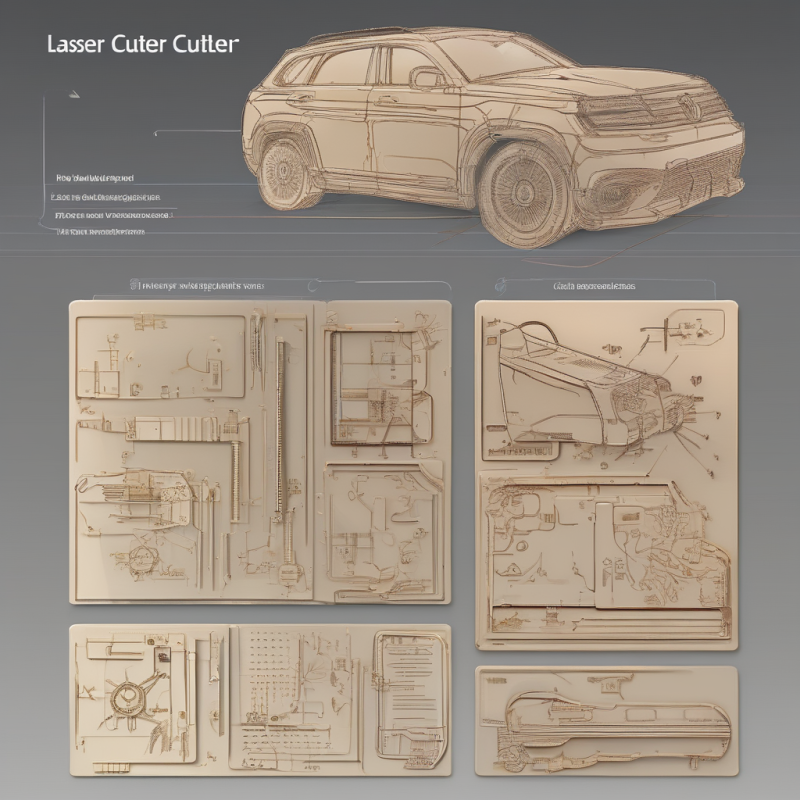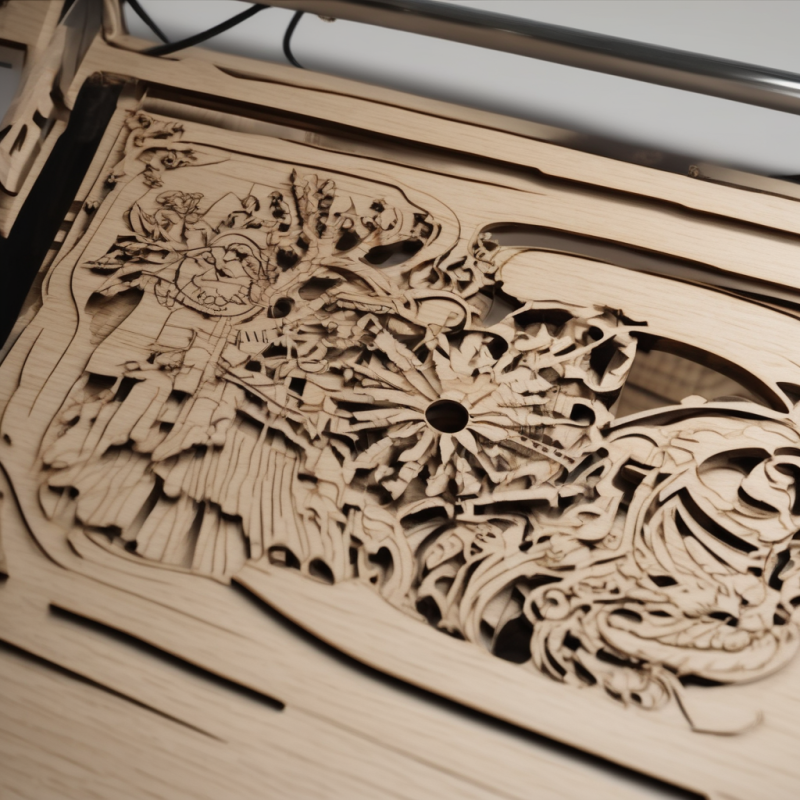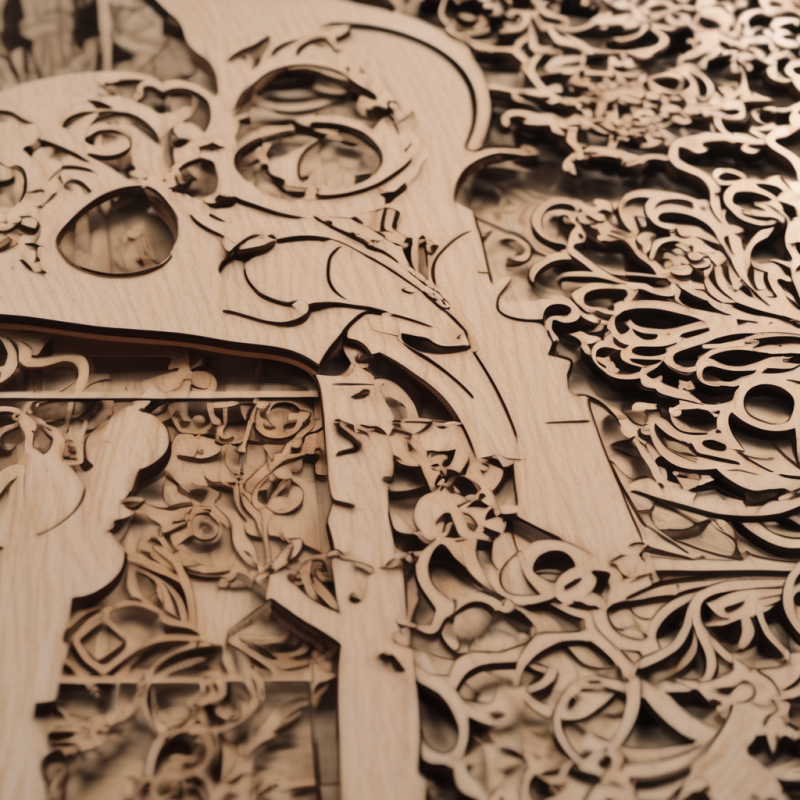The Ultimate Guide to Metal Laser Cutters: Precision and Efficiency in Manufacturing
Laser cutting technology has revolutionized modern manufacturing, offering unparalleled precision, speed, and versatility. Among the various types of laser cutters available, metal laser cutters stand out as a cornerstone of industrial production. This article explores the features, benefits, applications, and considerations when choosing a . Whether you’re a seasoned manufacturer or a newcomer to this technology, this guide will provide you with valuable insights into how metal laser cutters can transform your production processes.
What Is a Metal Laser Cutter?
A metal laser cutter is a machine that uses high-powered laser beams to cut through metal materials with exceptional accuracy. The process involves directing a focused laser beam at the material, which heats it to the point of vaporization or melting, creating precise cuts. Unlike traditional cutting methods, metal laser cutters offer minimal material waste and unparalleled precision, making them ideal for industries that demand high-quality, intricate designs.
How does a metal laser cutter differ from other types of laser cutters? The primary difference lies in the materials they can process. While some laser cutters are designed for wood, plastic, or fabric, metal laser cutters are specifically engineered to handle the rigidity and thermal properties of metals like steel, aluminum, and stainless steel.
How Does a Metal Laser Cutter Work?
The operation of a metal laser cutter involves several key components: the laser source, optics, and a CNC (Computer Numerical Control) system. The laser source generates a high-energy beam, which is then focused through lenses or mirrors to concentrate its intensity on the material. This intense heat melts or vaporizes the metal along the programmed path, creating precise cuts.
The CNC system plays a crucial role in directing the laser beam with pinpoint accuracy. By following digital designs uploaded from CAD (Computer-Aided Design) software, the machine can create complex shapes and patterns that would be difficult or impossible to achieve manually. What are the advantages of using CNC technology? It ensures consistency, reduces human error, and allows for rapid prototyping and mass production.
Applications of Metal Laser Cutters
Metal laser cutters find applications across a wide range of industries due to their versatility and precision. Some common uses include:
- Industrial manufacturing: Cutting intricate components for machinery, engines, and other mechanical systems.
- Architectural design: Producing decorative metalwork, such as railings, signage, and custom architectural elements.
- Automotive industry: Fabricating parts like engine components, frames, and decorative trimmings.
- Aerospace: Creating lightweight, high-strength components for aircraft and spacecraft.
- Consumer goods: Manufacturing household appliances, furniture, and decorative items.
Can metal laser cutters be used for artistic purposes? Absolutely! Many artists and crafters use these machines to create custom metal art, jewelry, and home decor. The ability to produce detailed, complex designs makes them a favorite among creative professionals.
Benefits of Using Metal Laser Cutters
The adoption of metal laser cutters offers numerous benefits that make them indispensable in modern manufacturing:
- Precision and accuracy: Capable of producing cuts with tolerances as small as 0.1mm, these machines ensure consistent quality across all products.
- Speed and efficiency: Laser cutting is significantly faster than traditional methods like plasma or oxy-fuel cutting, reducing production time and costs.
- Versatility: Suitable for a wide range of metals and thicknesses, making them ideal for diverse projects.
- Cost-effectiveness: Minimal material waste and reduced labor costs contribute to long-term savings.
- Minimal heat-affected zones: Unlike other cutting methods, laser cutting minimizes the heat-affected zone, preserving the integrity of the metal.
What makes metal laser cutters more efficient than traditional methods? The combination of speed, precision, and reduced waste makes them a superior choice for modern manufacturing needs.
Challenges and Limitations
While metal laser cutters offer numerous advantages, they also come with certain challenges:
- High initial investment: Purchasing a high-quality machine can be costly, though the long-term savings often justify the expense.
- Maintenance requirements: Regular upkeep and replacement of components like lenses and mirrors are necessary to ensure optimal performance.
- Limited thickness capabilities: While modern machines can handle thicker materials, there are still limits compared to other cutting methods.
How can businesses overcome the high cost of metal laser cutters? Many manufacturers opt for leasing or financing options, while others focus on optimizing their workflows to maximize returns on investment.
Choosing the Right Metal Laser Cutter
Selecting the appropriate metal laser cutter depends on several factors:
- Type of metal: Different metals have varying melting points and thermal properties, so choosing a machine that can handle your specific materials is essential.
- Cutting thickness: Determine the maximum thickness of metal you need to cut, as this will influence the power requirements of the laser.
- Budget: Set a realistic budget and compare the features offered by different models within your price range.
- Production volume: Consider whether you need a machine for small-scale prototyping or large-scale production.
What should I look for in a quality metal laser cutter? Look for machines with high precision, durability, and user-friendly interfaces. Reading reviews and seeking recommendations from industry professionals can also help guide your decision.
Maintenance and Safety Tips
To ensure the longevity and performance of your metal laser cutter, follow these maintenance and safety tips:
- Regularly clean and inspect lenses, mirrors, and other optical components to prevent dust or debris from affecting performance.
- Ensure proper ventilation in the workspace to avoid exposure to fumes generated during cutting.
- Train operators on safe laser operation procedures to minimize risks of injury or equipment damage.
- Schedule routine maintenance checks to identify and address potential issues before they escalate.
Why is regular maintenance important for metal laser cutters? It helps prevent downtime, ensures consistent performance, and extends the machine’s lifespan, providing a better return on investment over time.
Frequently Asked Questions
Here are answers to some common questions about metal laser cutters:
- Can metal laser cutters cut all types of metals? Most machines can handle a variety of metals, but their performance may vary depending on the material’s thickness and properties.
- How much does a metal laser cutter cost? Prices range widely based on power, features, and brand, typically starting from $10,000 to over $100,000.
- What is the difference between CO2 and fiber laser cutters?* CO2 lasers are suitable for thicker materials but have lower efficiency, while fiber lasers offer higher precision and speed for thinner metals.
Conclusion
Metal laser cutters represent a significant advancement in manufacturing technology, offering unparalleled precision, efficiency, and versatility. By understanding their capabilities, applications, and considerations, businesses can make informed decisions about whether to adopt this technology. Whether you’re looking to streamline production or enhance your creative output, a metal laser cutter could be the perfect solution for your needs.
If you’re ready to take the plunge into the world of laser cutting, consider exploring options like the range or other reputable brands. Remember, investing in a high-quality machine is an investment in your business’s future success.


